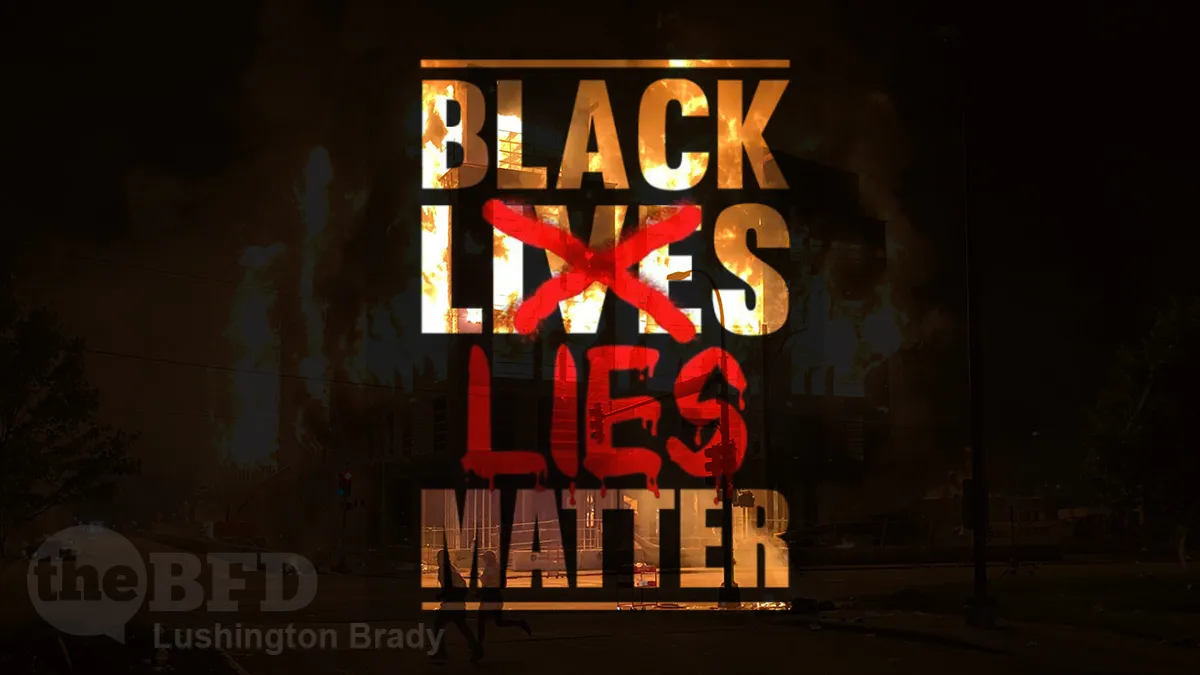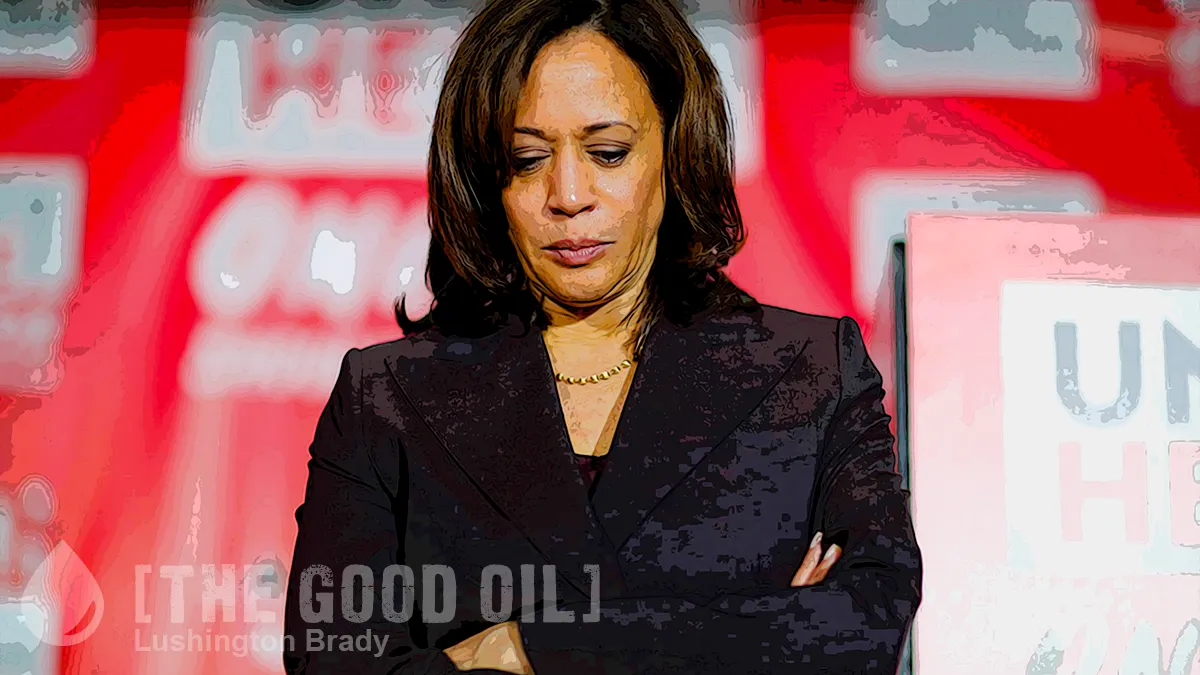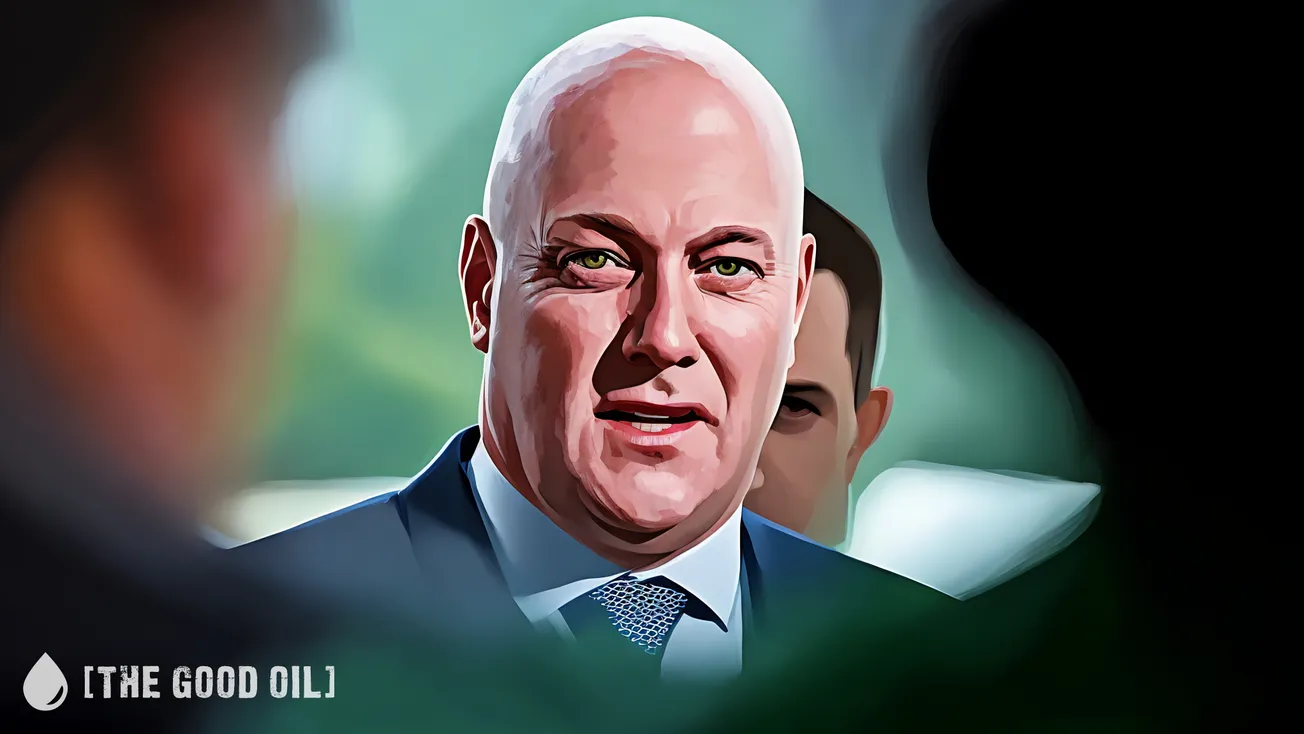Forget QAnon, Stolen Elections or even the Flat Earth: the most dangerously lunatic conspiracy theory in America right now is Black Lives Matter.
Of course, nobody would deny that black peoples’ lives matter as much as (but no more than) anyone else’s — but that’s not what BLM is about. BLM is a self-admitted Marxist ideology that claims that America is uniquely, systemically racist, and that police are freely, wantonly killing innocent black people in huge numbers.
That is all, put bluntly, a complete damned lie.
Even if it were not, that still wouldn’t make BLM de facto a good or admirable ideology. The test of BLM’s worth as an ideology is whether it has been beneficial or harmful to black people in America.
I’m sure you can guess which is the case. If not, here’s the excellent (black) American scholar, Wilfred Reilly, to help you out:
Leaving aside questions about BLM’s suspicious finances and organizational structure, there are two obvious questions to ask about the anti-policing movement. First, has it worked? That’s to say, has BLM advocacy for undoing what was presented as a plague of unjustified police shootings reduced the rate at which U.S. citizens are shot by police—or, for that matter, reduced crime overall as trust in police officers has increased?
The second question Reilly asks is, what does improve police performance? But that’s beyond the scope of this post: all we’re here to look at is the simple question: Does “Black Lives Matter” live up to its name?
The answer seems simply to be no. There is little if any evidence that rates of police shootings of citizens have declined since the 2014–15 beginning of the BLM movement. According to an excellent database maintained by the Washington Post, 994 people were fatally shot by American police officers in 2015, 958 in 2016, 981 in 2017, 983 in 2018, 999 in 2019, 1,020 in 2020. Not only are these differences obviously not statistically significant, the rate of police-citizen violence actually increased slightly in recent years.
But the most important fact, one that establishes BLM as nothing more than a conspiracy theory (an attempt to explain harmful or tragic events as the result of the actions of a small, powerful group, when other explanations are more probable), is just how few unarmed people are actually killed by police.
In 2016, the total number of unarmed black men shot by police was 20. In 2020, it was 18.
In a nation of 330,000,000 people.
So, police were never “hunting black people”. But plenty of black people were — and are, in increasing numbers.
Meanwhile, overall crime has soared through the roof during the BLM era. From a base of 14,164 in 2014, murders increased to 17,294 by 2017 and—after a small two-year drop in 2018 and 2019—surged to more than 20,000 in 2020. That year, the United States posted its highest annual murder total since 1995 and experienced roughly 4,000 more murders than the year before. According to Jason Johnson, researcher and president of the Law Enforcement Legal Defense Fund, New York City alone “added more than 100 additional homicides” in 2020 and saw a one-year increase of 58 percent in the murder rate. In Chicago, murders increased 65 percent. In nearby St. Louis, the murder rate reached a 50-year high and a level of 87 annual murders per 100,000 residents—a rate of homicide roughly 45 percent higher than that in El Salvador.
Johnson attributes (as we do) rising crime to the BLM-affiliated Defund the Police and Police Pullback movements, noting that deadly violence in America’s major cities rose “as engaged policing fell.” Cities that slashed policing budgets, says Johnson, “often saw the largest drop in active policing and…increases in homicide.” The data largely support this position: The homicide surge in New York City, in particular, followed a decrease in police stops and a remarkable 38 percent decline in officer-initiated arrests. From June to December 2020, the NYPD logged 45,000 fewer arrests than it had from June to December 2019.
What’s grimly notable is how the names of Democrat stronghold districts keep coming up: New York, Chicago, Louisville, St. Louis, Washington, Philadelphia, Milwaukee, Baltimore…
The best way to assess the reforms and ideas pushed by Black Lives Matter is to consider them against a backdrop of hard numbers. If you do, you’ll find a record of failure that tragically undermines the movement’s chief goal of saving black lives. This explains why, until now, data-driven scholarship on the topic has been virtually nonexistent. For many in liberal-leaning academia, Black Lives Matter, as a passion and a cause, felt too just to fact-check.
Commentary
So, rooted in prejudice, insufficient or falsified evidence, completely resistant to falsification and unassailably reinforced by circular reasoning.
There’s no better description of a conspiracy theory.









